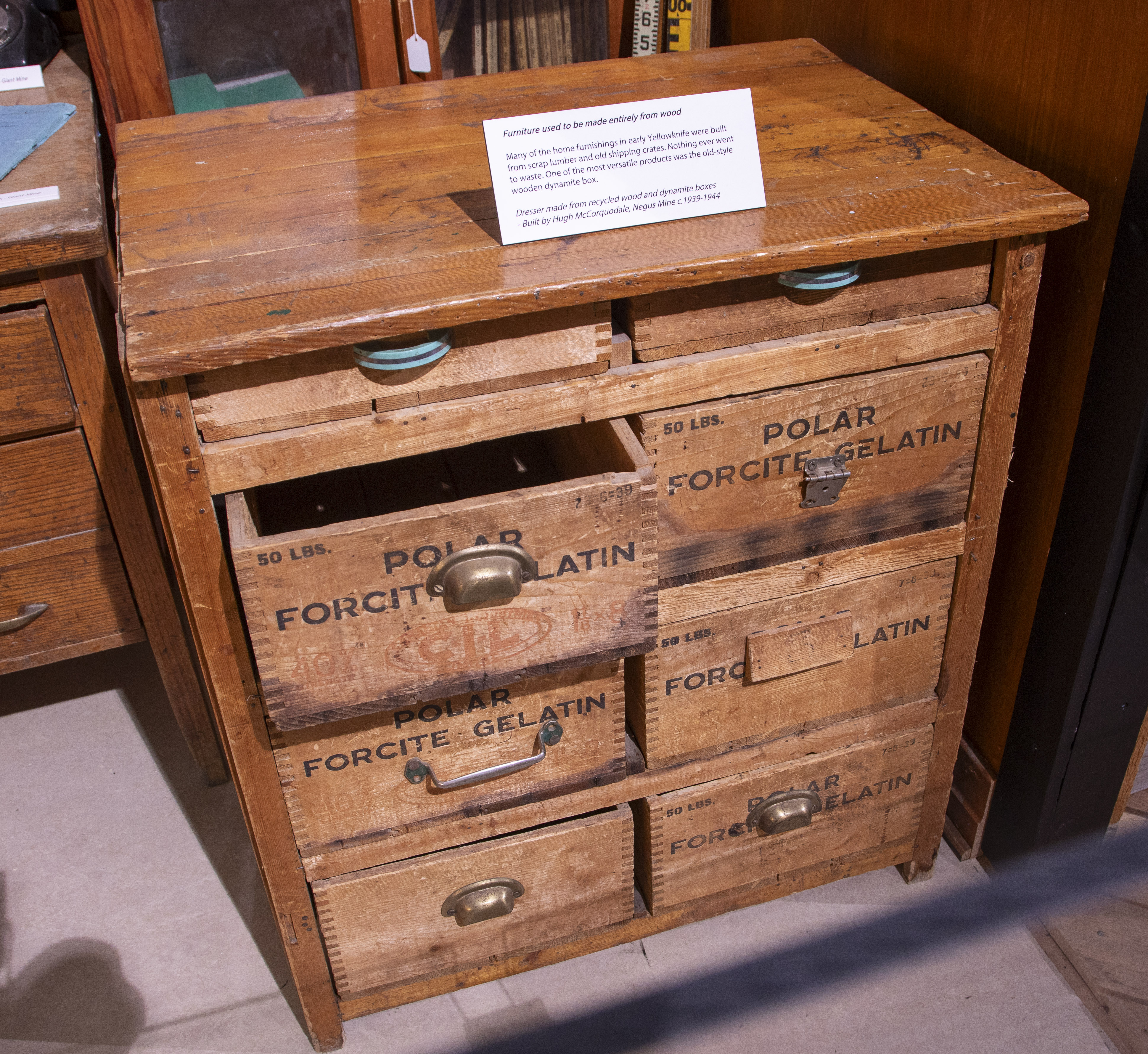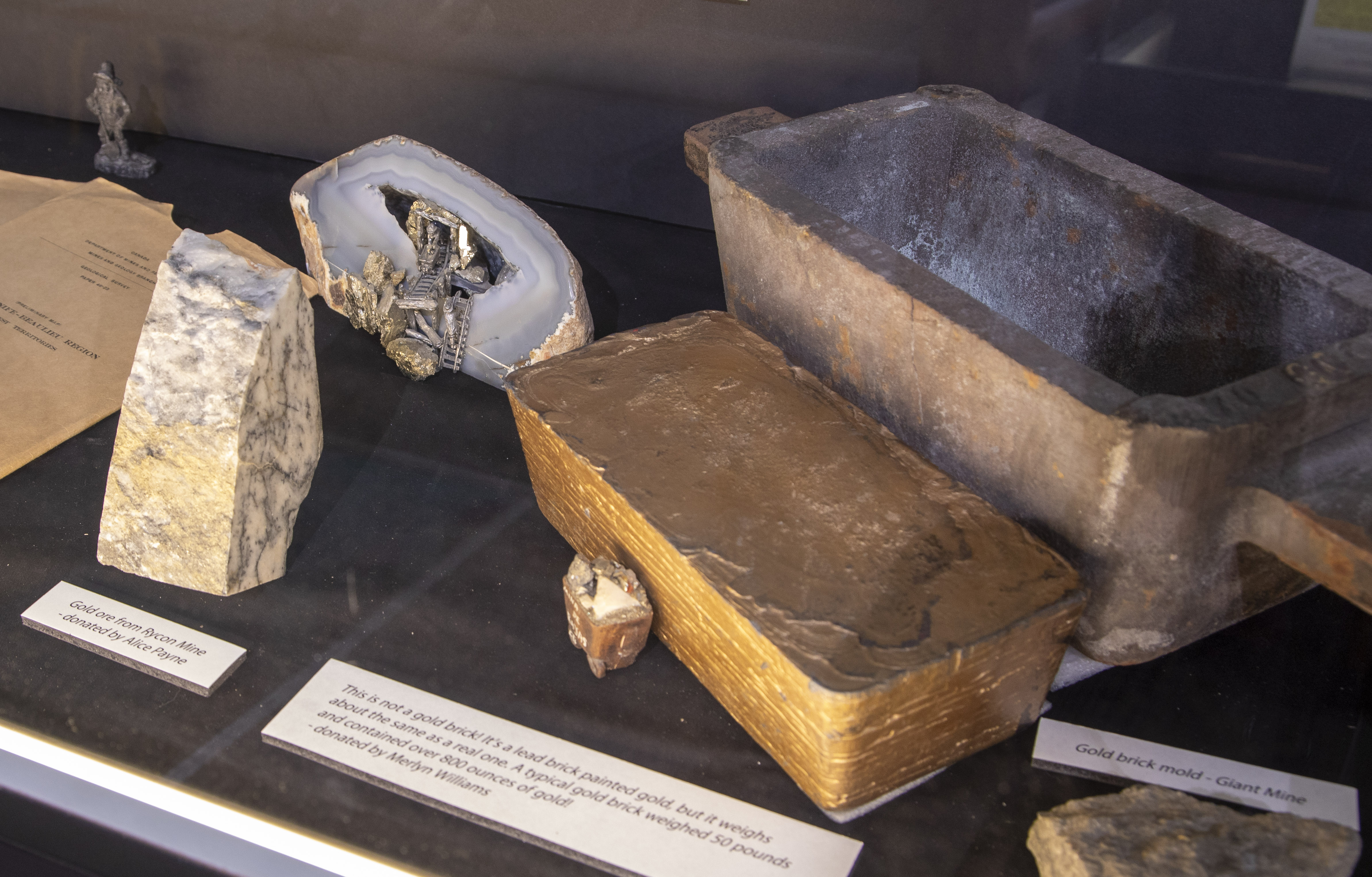The Yellowknife Historical Museum opened in March to rave reviews.
Its volunteers are quick to emphasize that Yellowknife’s new community museum is a showcase of much more than the city’s rich mining heritage.
That said, its affinity to gold mining is certainly hard to miss. Located on what once was the Giant Mine town site, the museum is housed in (and around) the mine’s fully renovated rec hall.
Exhibits offer a glimpse into life in a 1930’s gold-rush town – with immaculately staged recreations of a prospector’s tent, mine office, workshop and local commissary.
Outside of the museum, old buildings, antique vehicles, and pieces of machinery - including equipment salvaged from abandoned gold mines – further illustrate Yellowknife’s industrial heritage.
The museum’s gift shop offers souvenirs, books, clothing and local arts and crafts. Its café is open for lunch and dinner. In the summer you can sit on the outdoor deck and enjoy a spectacular view of Great Slave Lake.
Prospector, artist, author and the Historical Society’s first president, Walk Humphries says he hopes the heritage facility will evolve into an important cultural hub for the community.

A typical mine workshop featuring a Canadian Blower drill press and Gardner-Denver blacksmith forge rescued from the former Ruth Mine; and drill steel shanks salvaged from the Negus Mine.

Home furnishings in early Yellowknife were often built from scrap lumber and old shipping crates from the mines. This dresser originated as a wooden dynamite box.

Gold bricks were sent through the post office to the Royal Canadian Mint in Ottawa. A typical gold brick (this is a replica) weighed 50 pounds and contained 800 ounces of gold.

A recommended miner’s outfit to equip “one man for one year” included: wool underwear, sweaters and mitts, 10 yards of mosquito netting, 5 boxes of matches, 10lbs of tobacco and 200 lbs. of bacon.